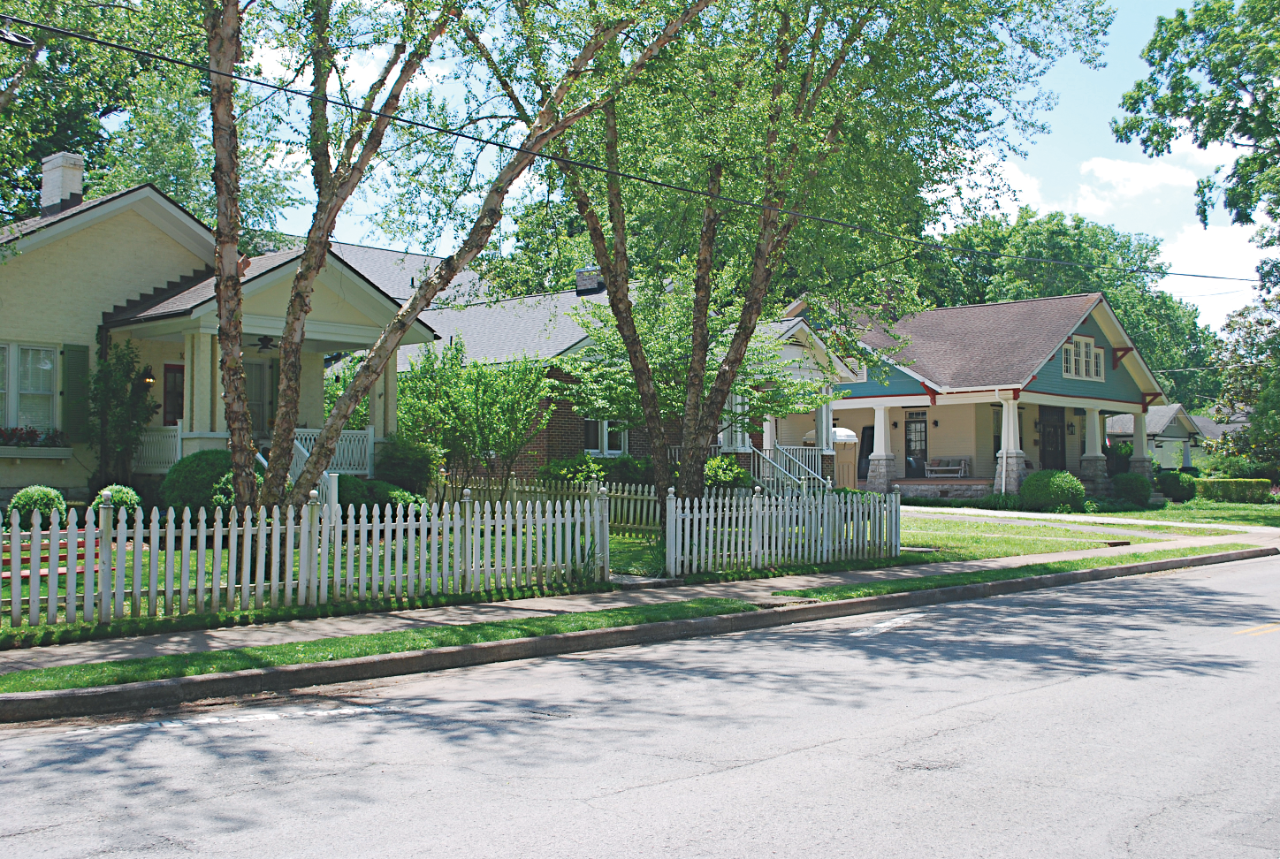National Register of Historic Places News
Nine new Tennessee sites have been added to the National Register of Historic Places. As the nation’s official list of cultural resources worthy of preservation, it is part of a nationwide program that coordinates and supports efforts to identify, evaluate and protect historic resources. The new listings announced by the Tennessee Historical Commission State Historic Preservation Office are:
Mound Bottom (Mound Bottom State Archaeological Area – Cheatham County)
In 1971 Mound Bottom was listed in the National Register for statewide prehistoric Native American importance. As part of the Harpeth River State Park, the Mid Cumberland Mississippian site consists of earthen mounds, residential footprints, cemetery areas, and a petroglyph site. The updated nomination includes new research revealing that Mound Bottom was an early Central Basin mound center of regional political significance in the Mississippian period (AD 900-1400).
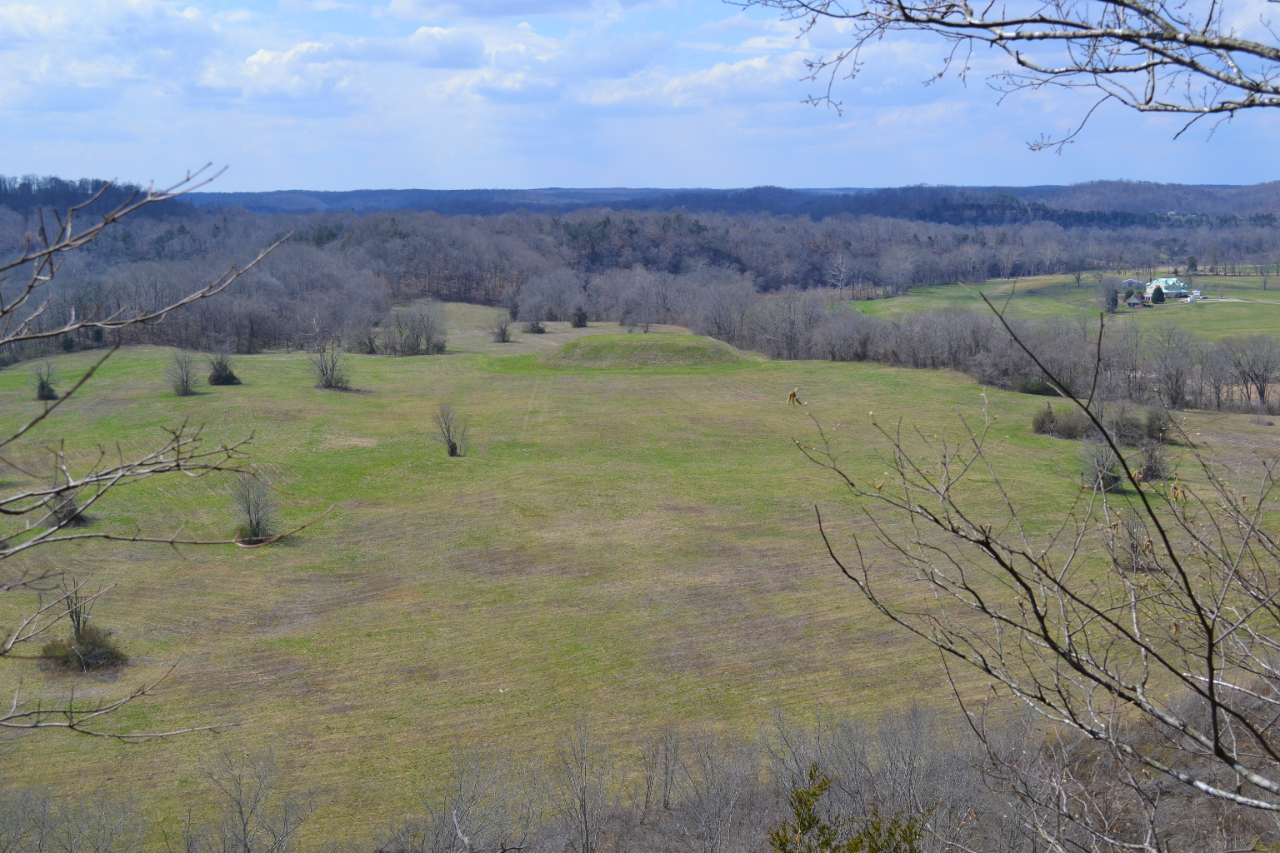
Sitka School (Milan vicinity - Gibson County)
The 2-room Sitka School in Milan was completed in 1942 for African American students in grades 1 through 8. Before then, these students attended school at Moore’s Chapel Church. The Anna T. Jeanes Foundation, also known as the Negro Rural School Fund, provided funds for Jeanes Supervisors who taught and worked in the community. The Sitka School closed in 1966.
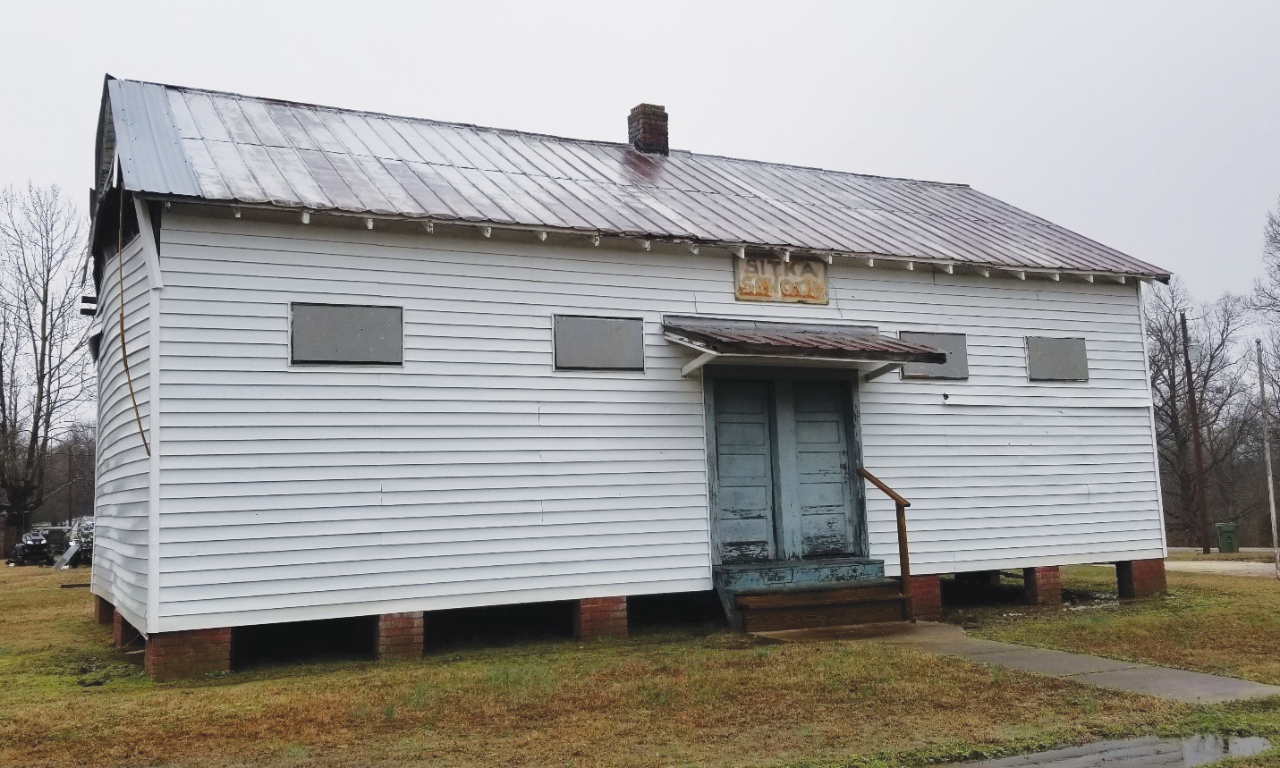
Crescent School (Greeneville - Greene County)
Kingsport architect Allen N. Dryden, Sr. designed Greenville’s Crescent School, built between 1923 and 1925, as well as the building’s 1955 and 1961 additions. Colonial Revival style is evident in the school’s symmetrical design, multiple-light windows, bell tower and pedimented entries. After the school closed in 1981, a former student purchased the property and adapted it for office use.
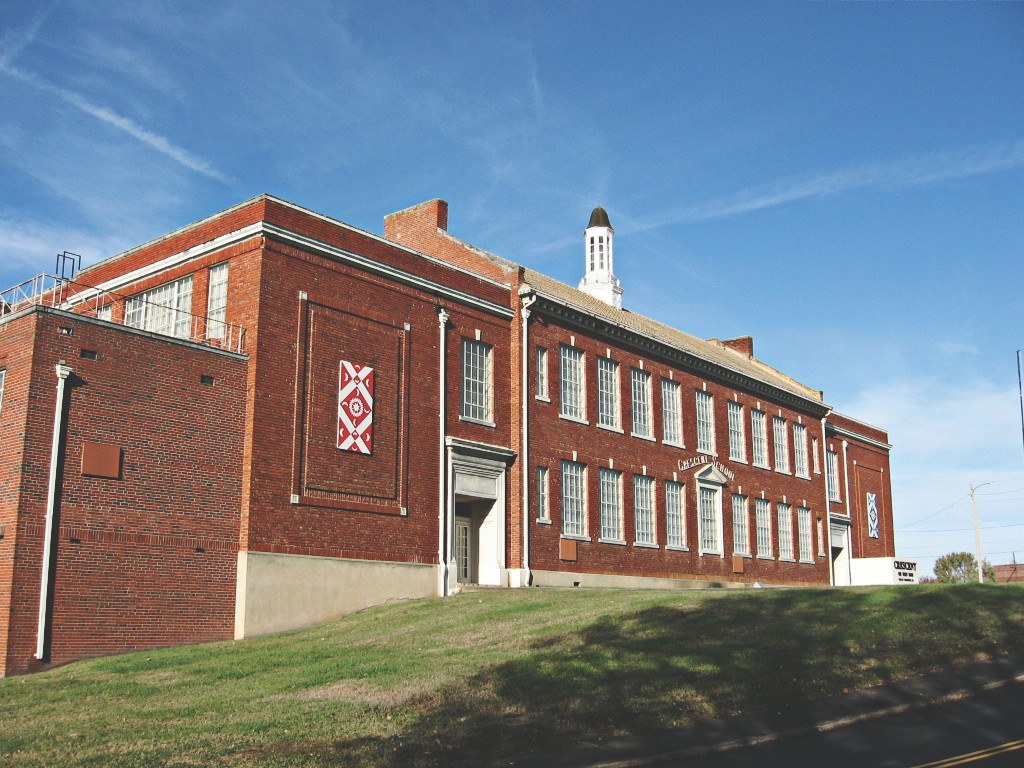
Stanton School (Stanton – Haywood County)
From 1948 to 1969, the 4-room Stanton School served educational needs of the community’s 1st through 8th grade African American students. Although it resembles a Colonial Revival style Rosenwald School, it post-dates the program that funded African American schools in the South (c. 1917-1932). Mt. Zion Missionary Baptist Church owns and maintains the Stanton School.
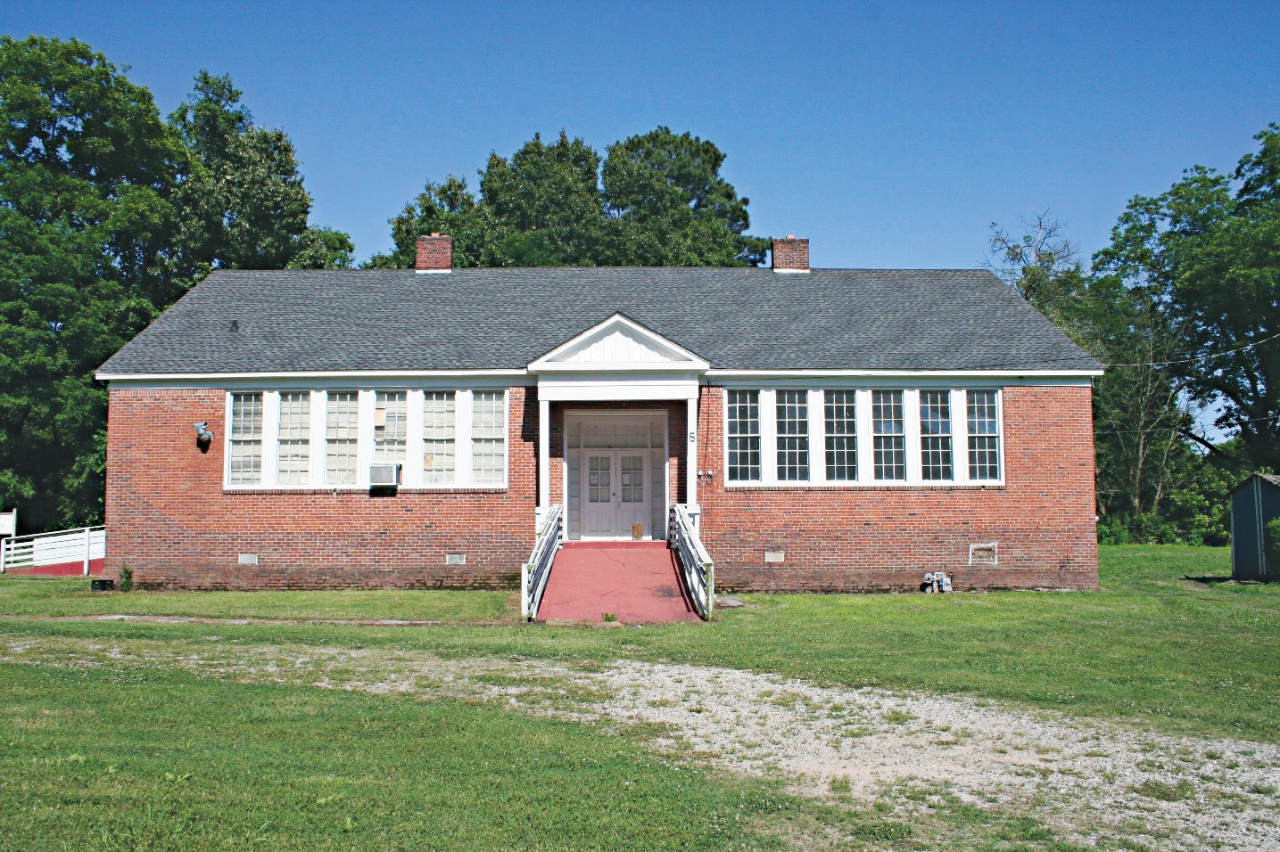
Ripley Fire Lookout Tower (Ripley - Lauderdale County)
The Ripley Fire Lookout Tower is an 80-foot tall steel structure with an observation cab that provides a panoramic view of the surrounding area. Built by the Aeromotor Company of Chicago for the Tennessee Division of Forestry, the site includes a lookout operator’s cabin and vehicle service building, all constructed in 1970. Tennessee’s 208 fire lookout towers, now obsolete, are vanishing from the landscape. The Ripley tower is one of the last built for the state.
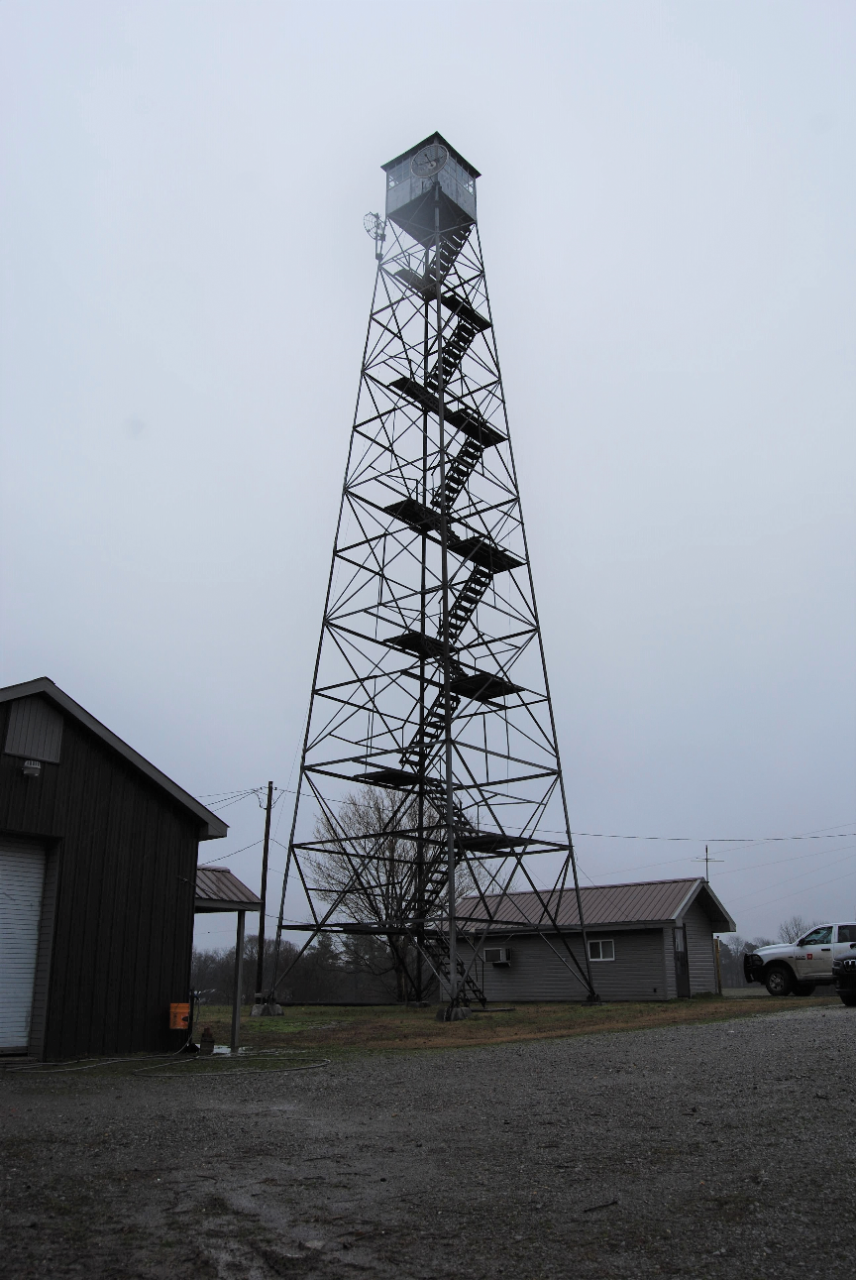
Englewood Water Tower (Englewood – McMinn County)
The 144-foot Englewood Water Tower represents early 20th century advancements in water system engineering. In 1937, it was constructed with an elliptical bottom and a conical top. Although the tower that drew new industry to Englewood and supplied the community is no longer in use for the municipal water system, it has become an icon in town imagery, with a preservation group dedicated to saving it.
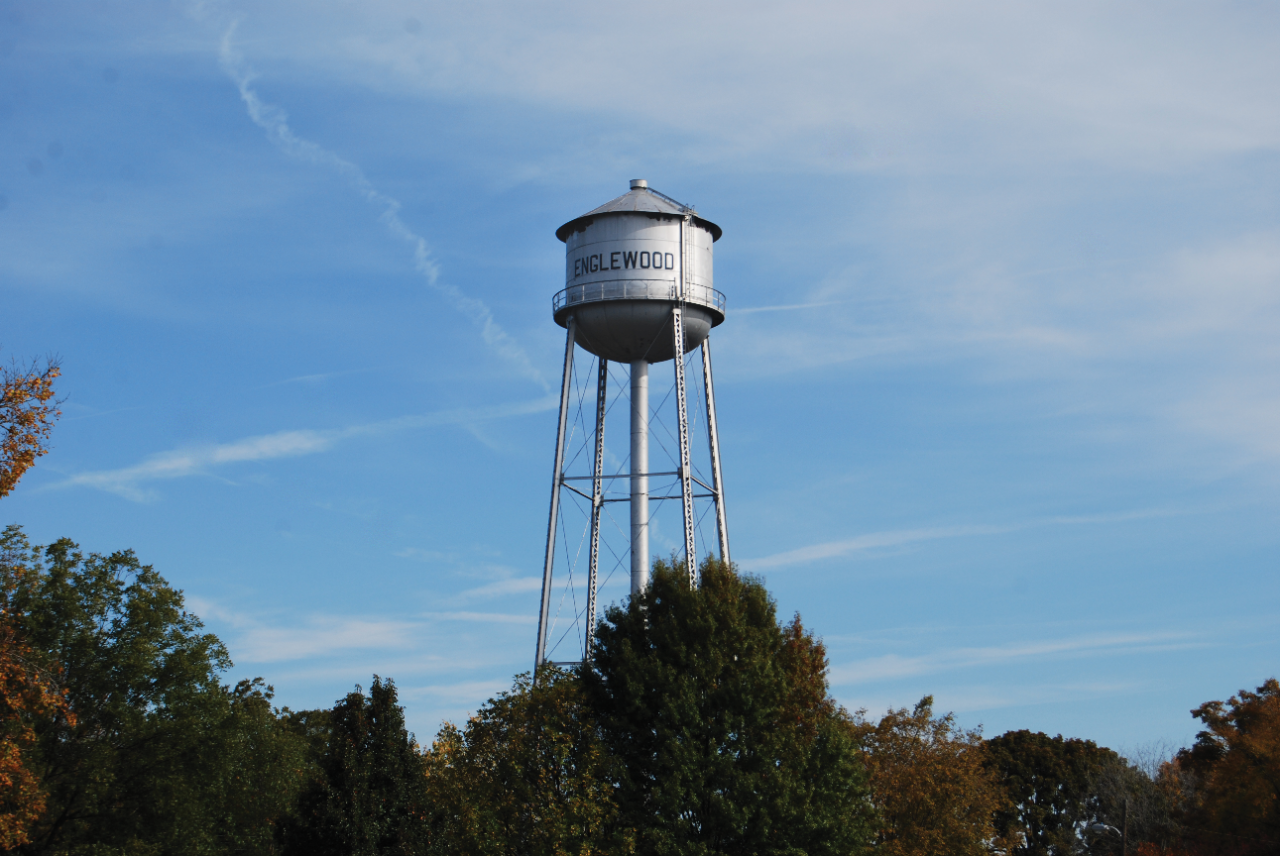
Gladys “MaDear” Bennett House (Memphis – Shelby County)
In 1955, the Gladys “MaDear” Bennett House was moved to its present location and purchased by Gladys and Harvey Bennett, who were successful African American entrepreneurs during the Jim Crow era. Gladys and her sister, Cora Crawford, operated Gladys’ School of Domestic Arts and the Subway Beauty Salon in the north Memphis house that is still family-owned.

Webb Hotel (Rock Island – Warren County)
Crab Orchard stone and cedar shingles, along with wide eaves and a large front porch, distinguish the 2-story Craftsman style Webb Hotel, built in 1909. Although the hotel business benefited from Great Falls Dam completion in 1915, the Webb family sold the property in the 1930s. Subsequent owners operated it as a boarding house and hotel until the mid-20th century.
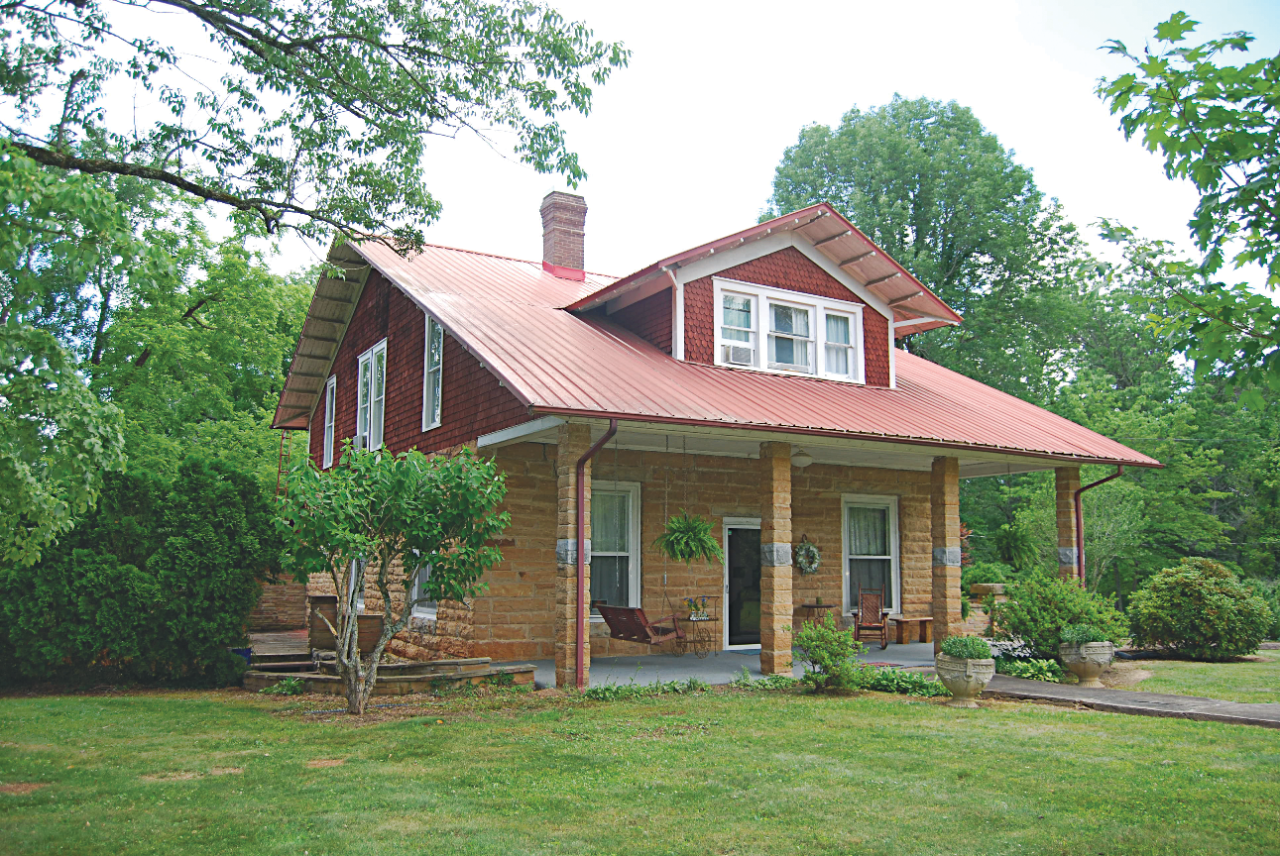
Hincheyville Historic District (Franklin – Williamson County)
Originally listed in the National Register in 1982, recent revisions to Hincheyville Historic District documentation include expanded architectural and historic details of Hincheyville. Approval was given for the update that encompasses housing from circa 1830 to circa 1950 and styles range from 19th-century Greek Revival to 20th-century bungalows.
